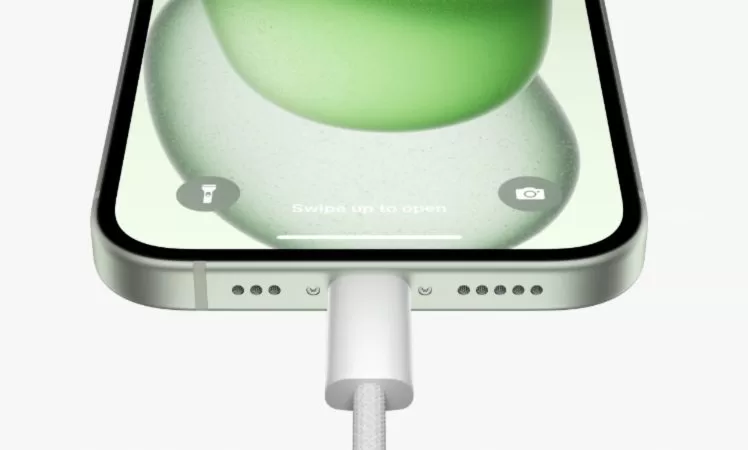Amps and DAC/amps are much more affordable than they were 10 years ago, that’s a fact. If, on the one hand, technology has helped bringing the possibility of having a higher audio quality with these devices, on the other hand, it has created very new users in this field, who are not aware of the types of connections used by headphones that exist. on the market today. This isn’t a bad thing at all, as it also shows that audio equipment manufacturers are offering very “complete” products in terms of features.
As there are DAC/amps and desktop amplifiers that have virtually every possible connection, there is no doubt that there is a great chance of confusion about what is what and what its advantages are. The first thing to do to make it easier to identify is to separate the single-ended (SE) headphone outputs from the balanced ones.
What are the single-ended (SE) and balanced outputs on the DAC/amp and desktop amp?
Generally, as it is a DAC/amp or a desktop amplifier, the available outputs tend to be more robust, since most of the time over-ear headphones are connected instead of in-ears. Currently, it is increasingly common to find at least one 3.5mm output (P2), which is the same found in cell phones and notebooks, and a 4.4mm output (Pentaconn), developed by Sony. While the first one is classified as single-ended (SE), the second one is categorized as balanced and normally offers a higher power for the headphone to play.


Physically, as cables with a 4.4mm connector (Pentaconn) are slightly larger than those with a P2 plug (3.5mm), this type of connection is found today both in portable devices, such as dongles and DAPs (Digital Audio Players), and on amplifiers or desktop DAC/amps. However, there is a connection that is relatively common to find in desktop equipment and you will hardly find something in the same design in portable solutions: the XLR. This is a balanced output that uses a very robust connector, which provides not only resistance, but generally higher power compared to the P10 (6.35mm) and P2 (3.5mm) connections.

In case you are not remembering the appearance of a P10 connector, it is likely that you remember when remembering the plugs used, for example, in guitar and acoustic guitar cables. It is also commonly used in amplifiers and desktop DAC/amps, as they are very popular and still deliver good value for money when it comes to headphone cables.
What is the advantage of choosing a certain headphone output on both the amplifier and the DAC/amp?
Basically, since the advantage is in the balanced, single-ended (SE) connection, you will generally get better sound quality when using the balanced outputs. Below is a table to facilitate the visualization of balanced and single-ended connections.
| Single Ended (SE) | balanced |
| 3.5mm (P2) | 4.4mm (Pentaconn) |
| 6.35mm (P10) | XLR |
To learn more, visit our article on the differences between balanced and single-ended (SE) connections. We also recommend reading the following articles:

